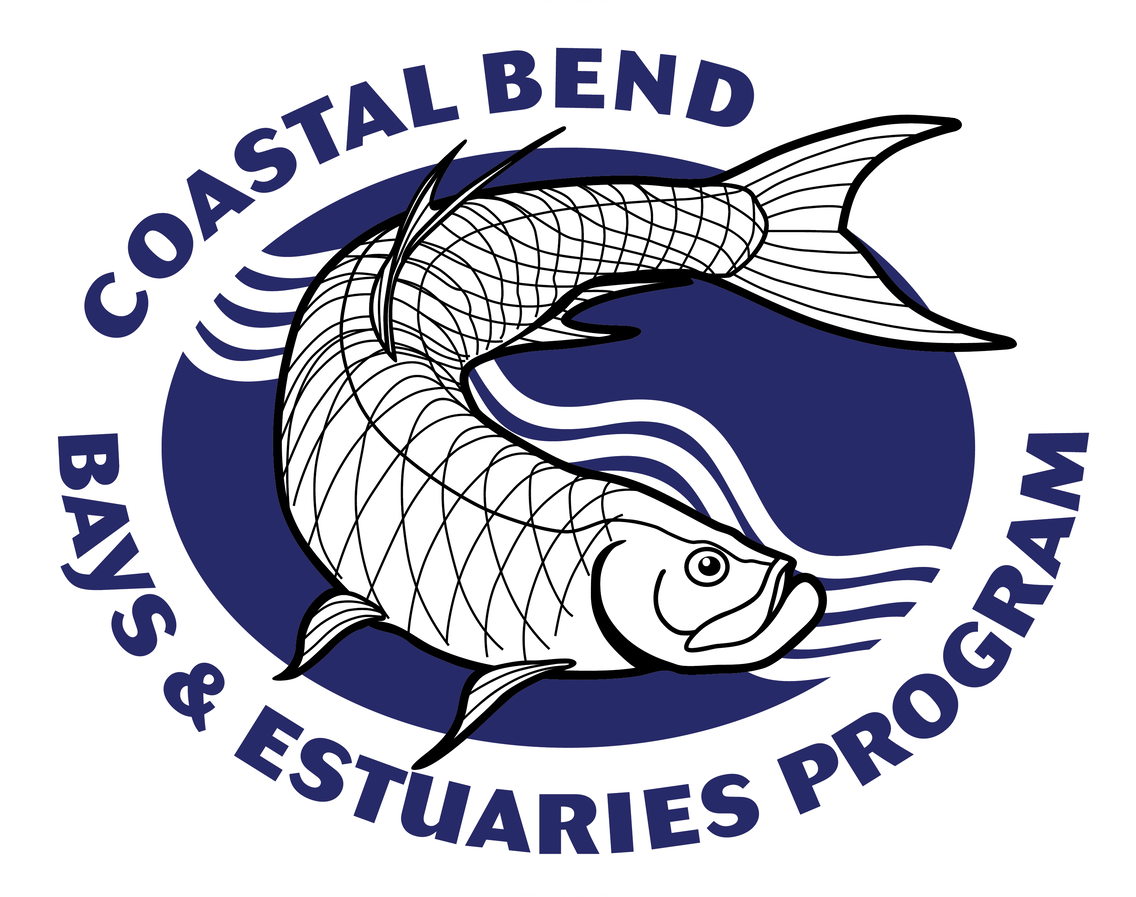1. Two species of finches are able to utilize the same food supply, but their beaks are different. They are able to coexist on an island because of
a. Niche overlap
b. Character displacement
c. Resource partitioning
d. Competitive exclusion
2. Which of the following is the most likely food source for a carnivore?
a. A plant
b. The Sun
c. An animal
d. A dead tree
3. A prairie ecosystem is described below. Farmers treat fields surrounding the prairie with pesticides that kill part of the beetle population. What effect would the pesticides have on the rest of the ecosystem?
- Grass is eaten by grasshoppers, rabbits, and crickets
- Corn is eaten by squirrels and beetles
- Grasshoppers, beetles, and crickets are all eaten by birds
- Squirrels, birds, and rabbits are all eaten by both foxes and coyotes
a. There would be a decrease in the cricket population.
b. There would be an increase in the population of birds.
c. The population of rabbits would decrease.
d. The population of foxes would increase.
4. Why do some cacti have folds in their outer skin?
a. The folds can expand, allowing the cacti to absorb and store water when it rains
b. The folds help protect the cacti from predators
c. The folds allow them to absorb nutrients from the air
d. The folds provide support, allowing the cacti to grow tall
5. Our planet’s oceans are experiencing climate changes, pollution, and overfishing. Which of the following answers is not a result of human activity?
a. Diminishment of coral reefs
b. Destruction of food webs
c. Increased population of all species
d. Degradation or total loss of wetlands
6. In mosses, eggs and sperm are produced by:
a. Spores
b. Sporophytes
c. Gametophytes
d. Zygotes
